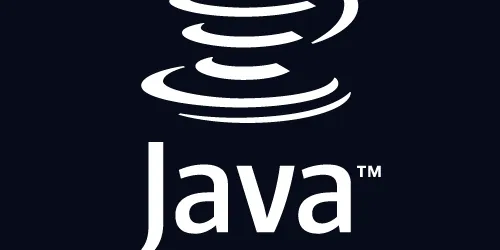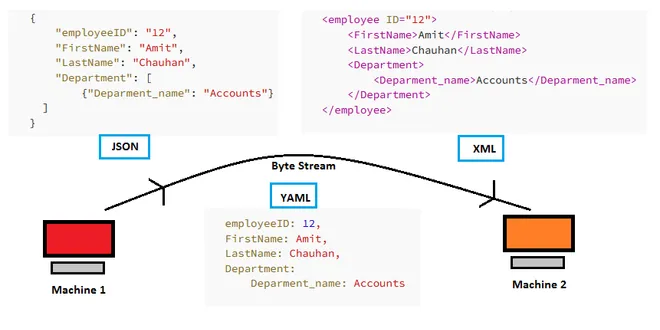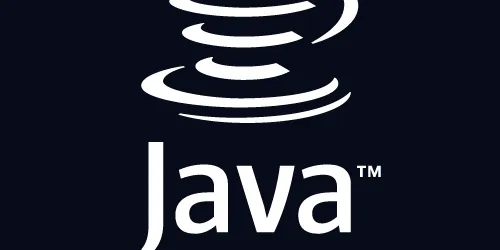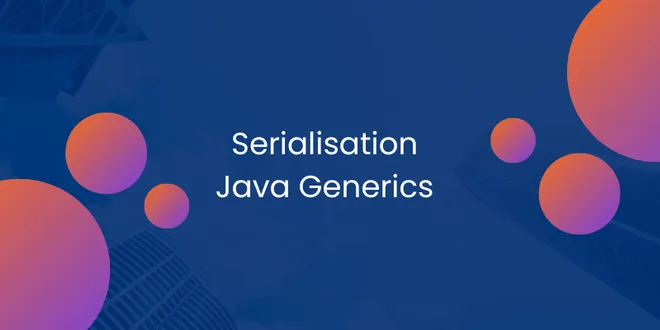Data Serialization

Data Serialization
Data Serialization What is data serialization? Data serialization is the process of converting structured data to a format that allows sharing or storage of the data in a form that allows recovery of ...
📚 Read more at The Hitchhiker's Guide to Python!🔎 Find similar documents

Serialization
Versions [{“Name”:“Java SE 1.1”,“GroupName”:null},{“Name”:“Java SE 1.2”,“GroupName”:null},{“Name”:“Java SE 1.3”,“GroupName”:null},{“Name”:“Java SE 1.4”,“GroupName”:null},{“Name”:“Java SE 5”,“GroupName...
📚 Read more at Essential Java🔎 Find similar documents

Serialization - A New Hope
Almost three decades have passed since the creation of Java Serialization—a feature which is widely frowned upon—and application requirements for externalization of objects have changed significantly...
📚 Read more at Inside Java🔎 Find similar documents

What are XML, JSON, and YAML Serialization Formats for AI Applications?
Serialization is a type of language format that is used to convert the object and transmit it to a file, database, or stream of bytes. When we want to send data from one machine to another machine…
📚 Read more at Python in Plain English🔎 Find similar documents

The Cornerstone of Data Transmission: A Comprehensive Analysis of Common Serialization Solutions…
In distributed systems and RPC communication, serialization bridges data exchange across nodes and languages by converting objects into transmittable formats (e.g., binary or text). The right serializ...
📚 Read more at Javarevisited🔎 Find similar documents

Marshalling: Data-Oriented Serialization
Almost three decades have passed since the creation of Java Serialization- a feature which is widely frowned upon- and application requirements for externalization of objects have changed significant...
📚 Read more at Inside Java🔎 Find similar documents

Serialization and saving
Complete guide to saving & serializing models.
📚 Read more at TensorFlow Guide🔎 Find similar documents

Basic Serialization in Java
What is Serialization Serialization is the process of converting an object’s state (including its references) to a sequence of bytes, as well as the process of rebuilding those bytes into a live objec...
📚 Read more at Essential Java🔎 Find similar documents

Serialisation in REST APIs Java (and java generics)
In the context of REST APIs, serialisation is the process of converting data objects in a program into a format that can be transmitted over a network. The data objects are typically in the form of ob...
📚 Read more at Javarevisited🔎 Find similar documents

Record Serialization
A record is a nominal tuple - a transparent, shallowly immutable carrier for a specific ordered sequence of elements. There are many interesting aspects of record classes, as can be read in Brian Goet...
📚 Read more at Inside Java🔎 Find similar documents

Introducing Cerializr: (De)Serialize Like a Pro
Serialization is mainly used when we’re corresponding with a back end sending us a JSON file and we want instances with our classes in TypeScript/JavaScript, or vice-versa. It’s a pain to define the…
📚 Read more at Better Programming🔎 Find similar documents

Record Serialization in Practice
TL;DR Learn how serialization frameworks can support record classes. Record Classes and Serialization Serialization is the process of extracting an object’s state and translating it to a persistent fo...
📚 Read more at Inside Java🔎 Find similar documents

